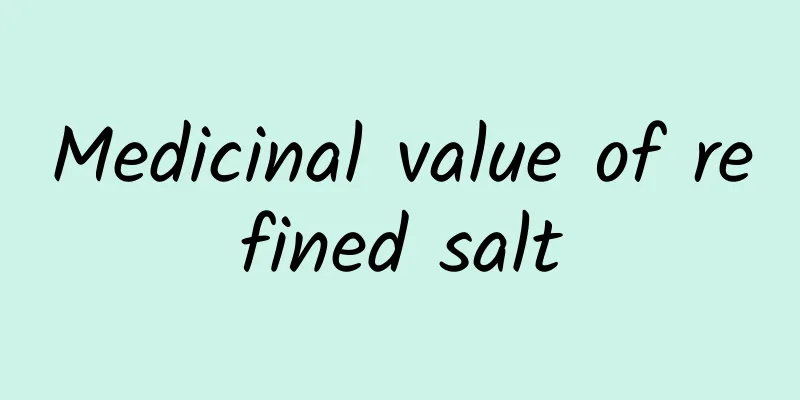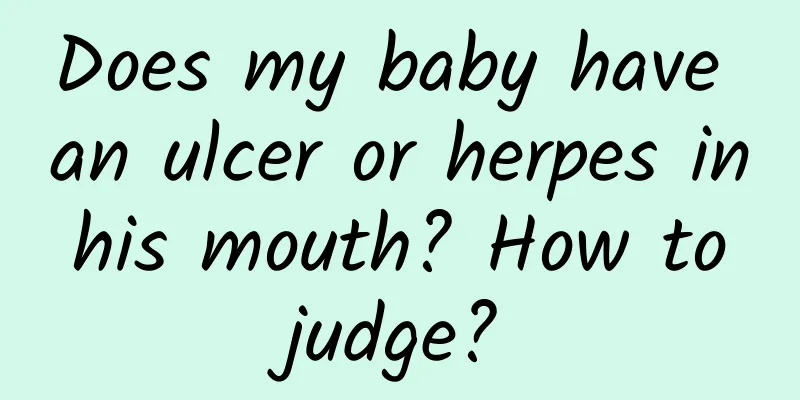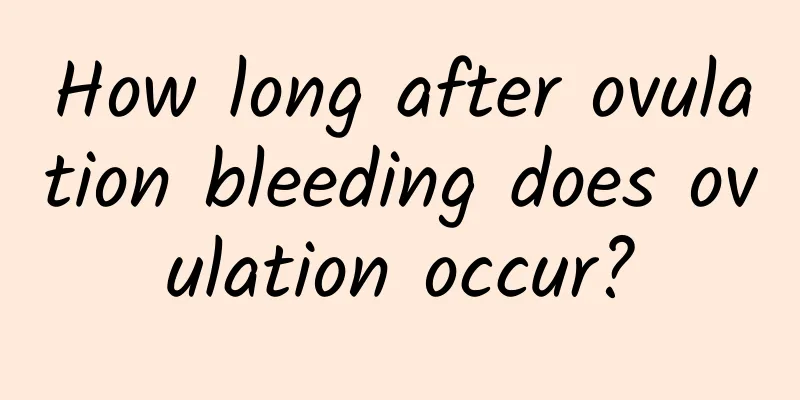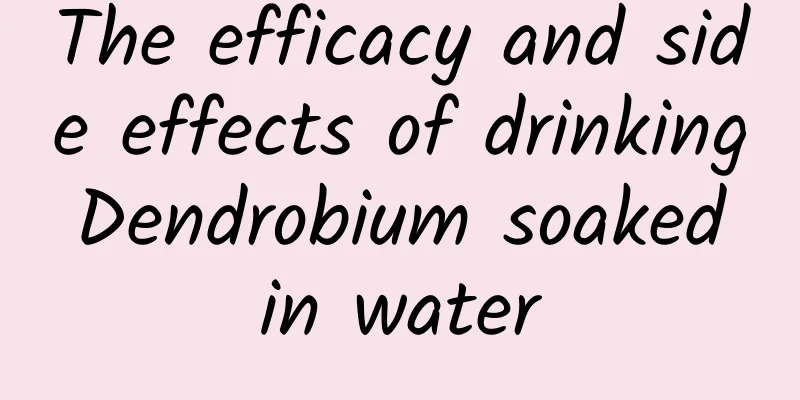Treatment of testicular eczema

|
Speaking of eczema, I believe everyone is familiar with it. Eczema is a disease that can occur almost all over the body, even in the private parts. Many men with eczema almost exclusively suffer from it in the private parts. Testicular eczema can be said to be quite embarrassing and uncomfortable, because once it itches, it will cause great pain to the patient. After all, considering our image, we cannot scratch it directly with our hands. So what are the treatments for eczema? Symptoms of scrotal eczema The acute manifestations are needle-sized papules and blisters in groups on the scrotal epidermis with diffuse edges. As the disease continues to develop, the blisters sometimes merge to form larger blisters, which rupture to form erosive surfaces with exudate. The serous fluid dries to form scabs, and the scrotum becomes red and swollen. When there is a secondary infection, pus will flow out. After that, the inflammation gradually subsides, the redness and swelling disappear, the secretions decrease, papules and blisters no longer occur, and the erosions heal. However, some patients have significant skin infiltration and thickening due to scratching, forming more or less lichenification, and the acute eczema has transformed into chronic eczema. Chronic eczema is divided into two types according to clinical manifestations: dry type and moist type. In the moist type, the entire scrotum is swollen and prominent, with mild erosion, discharge, scabs and significant infiltration, hypertrophy, deep and wide wrinkles, slightly shiny, darker pigmentation, and the scrotum is significantly larger than normal. Due to severe itching, there are numerous scratches. The other is the dry type, in which the edema and thickening are not as prominent as the former, with thin scabs and scales, and is gray in color. Due to infiltration and thickening, there are cracks in between, and irregular pigmentation may disappear. Western medicine treatment of scrotal eczema: Since scrotal eczema is related to allergies like eczema in other parts of the body, medications used to treat allergies can be used to treat scrotal eczema. For example, some commonly used antihistamines include cyproheptadine 2 mg, 3 times a day; chlorpheniramine 4 mg, 3 times a day; clirazine 25 mg, 3 times a day; astemizole 10 mg, once a day. Topical medications are mainly corticosteroid ointments, such as triamcinolone ointment, chlorpromazine ointment, and euterpe ointment. Traditional Chinese medicine treatment of scrotal eczema: Traditional Chinese medicine mainly treats diseases based on syndrome differentiation and treatment. Traditional Chinese medicine often divides scrotal eczema into two types: damp-heat invasion syndrome and yin deficiency and blood dryness syndrome for treatment. The syndrome of damp-heat descending is equivalent to acute scrotal eczema, and the syndrome of yin deficiency and blood dryness is equivalent to chronic scrotal eczema. (1) Syndrome of damp-heat descending: millet-sized papules and small blisters can be seen on the scrotum. The skin has a burning sensation. After scratching, there is a lot of exudate, erosion and scabs, which often soak the underwear. The tongue is red, the tongue coating is yellow and greasy, and the pulse is stringy and slippery. This is due to the dampness and heat evil flowing down the meridians to the genitals. Treatment should focus on clearing away heat and removing dampness. The commonly used prescription is Longdan Xiegan Decoction with modifications, which uses: gentian, scutellaria, bupleurum, red peony root, gardenia, sophora flavescens, oriental water plantain, akebia, kochia scoparia, and raw licorice. Take it in decoction, 1 dose per day. (2) Yin deficiency and blood dryness syndrome: The wrinkles of the scrotal skin become coarser and deeper, and blood and fluid ooze out after scratching, with severe itching at night. The tongue is red, with little coating, and the pulse is thin and smooth. This is because the damp-heat evil damages the yin fluid over time, causing yin deficiency and blood dryness. The treatment should be to nourish yin, blood and moisten dryness. The commonly used prescription is Danggui Yinzi with modifications: Angelica sinensis, Rehmannia glutinosa, White Peony Root, Chuanxiong, Scrophularia ningpoensis, Schizonepeta tenuifolia, Saposhnikovia divaricata, Dictamni cortex, Tribulus terrestris, and raw licorice. Take it in decoction, 1 dose per day. |
<<: What is the best way to treat hemorrhoids and eczema?
>>: Clapping can cure all diseases
Recommend
What causes sudden tinnitus? Three reasons you must know
In clinical practice, sudden deafness is a common...
Can red bean and coix seed be drunk overnight?
Red beans and coix seeds are both very good whole...
How to change the lip shape if the lower lip is thick
Facial features are the first thing people focus ...
Treatment of proctitis
Gastrointestinal discomfort is very distressing. ...
Can I apply aloe vera gel on my broken skin?
Everyone knows that the main ingredient of aloe ve...
Will my breasts hurt during ovulation?
Many female friends often experience breast pain ...
Red ginseng has no nutritional value at all
Red ginseng is nutritious. It is a nourishing tre...
Facial suture scar repair
Any part of our body can be injured and require s...
Pollen allergy rhinitis
Many things may cause allergies to our human body...
How long does it take for the uterus to recover after miscarriage?
Abortion has great side effects on women's ph...
The harm of pull-ups to the lumbar spine
Pull-ups are a very good exercise method and are ...
How to improve sleep quality
Sleep is very important for a person's health...
Which direction is the fetus' head facing at seven months
When a pregnant woman is seven months pregnant, i...
If you don't take good care of your confinement and have a headache, you can remedy it in this way
The confinement period is the golden period of re...
Tingling of tongue and lips
Some of our friends experience numbness in their ...









